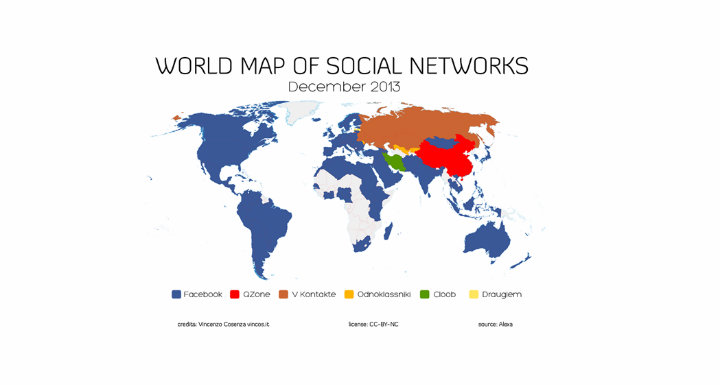On May 16th 2011, Washington DC’s Newseum – interactive media museum that instills an appreciation of the importance of a free press and the US’ First Amendment – hosted the Journalists Memorial Rededication honoring the journalists who died covering the news in 2010.
Between 1837 and 2010, 2,084 courageous journalists lost their lives while staying dutiful to their profession – 59 of which died in 2010 – determined to report the truth and inform citizens, regardless of the consequence.
According to The Washington Post, the top three dangerous countries for journalists in 2010 were: Pakistan, Mexico and Iraq. In March 2011, Reporters Without Borders reported “13 journalists killed in the past 13 months” in Pakistan.
During his keynote address at the rededication ceremony, Krishna Bharat, Founder of Google News, noted how journalists are agents of change who choose to walk a path not paved with gold, but paved with danger. There are thousands of stories that need to be heard – from Sudan to Haiti, Pakistan, the US, Russia and beyond – and thus is the necessary and risky job of a making and telling the news. Bharat continued that journalists do a public service mission by doing their jobs – looking danger in the eye and documenting what is discovered – regardless of the consequence.
The Newseum is home to a two-story glass memorial that bears the names of reporters, photographers, broadcasters and editors who lost their lives in the pursuit of journalism. Mashable further explains: “At the Newseum, the memorial is accompanied by a gallery of the journalists’ photos as well as kiosks where visitors can access information about each individual.” For each one of them as individuals and professional newsmakers – and for their noble goal of educating the world via their reporting – we are grateful.
In light of commemorating their lives and their profession – teaming up with Newseum to create a video memorial – Google and YouTube launched a special channel called Journalist Memorial Channel. Citing that the webpage already having had 70 videos uploaded on May 17th, the International Center for Journalists explains: “As the videos load in daisy-chain fashion from around the world, journalists who gave their lives for their profession all meld into one.”
 The YouTube channel features keynote addressees made in years past by (and their then-time professional positions): First Lady Hillary Rodham Clinton (1996), The Wall Street Journal managing editor Paul Steiger (2002), NBC News anchor Tom Brokaw (2004), host and moderator of ABC‘s “This Week” Christiane Amanpour (2010) – and many influential others.
The YouTube channel features keynote addressees made in years past by (and their then-time professional positions): First Lady Hillary Rodham Clinton (1996), The Wall Street Journal managing editor Paul Steiger (2002), NBC News anchor Tom Brokaw (2004), host and moderator of ABC‘s “This Week” Christiane Amanpour (2010) – and many influential others.
The uploaded videos – appearing in various languages – profile Reuters cameraman Hiro Muramoto, Iraqi Kurdish journalist Sardasht Osman, the 21 journalists killed in the Philippines Massacre, the first Canadian journalist to die in Afghanistan Michelle Lang, the first journalist killed in Greece in over 20 years Sokratis Giolias – and many memorable others.
According to Google, owner of YouTube: “The risks and sacrifices that many have made in order to provide us with accurate information is remarkable.” Google and YouTube invite anyone to submit videos in memory of journalists who deserve recognition for risking their lives for work they’ve done. As of May 21st the Journalist Memorial Channel had almost 21,500 views and 460 subscribers, by May 23rd it had over 24,700 views and 590 subscribers and by May 26th the channel had been viewed over 26,600 times and boosted its subscribership to almost 610.
The Committee to Protect Journalists has confirmed that 18 journalists have been killed so far in 2011 – two of the recent being photojournalists Tim Hetherington and Chris Hondoros, in Libya. Hetherington co-director of the award-winning documentary ‘Restrepo’ and Hondros was a Pulitzer Prize nominee in 2004 for his work in Liberia.
As Bharat said in closing his address: to all those journalists, “For their courage and selflessness, we salute them.”
If you would like to learn more about digital organizing for social change, consider taking one of our courses, Global Innovations for Digital Organizing: New Media Tactics for Democratic Change.


